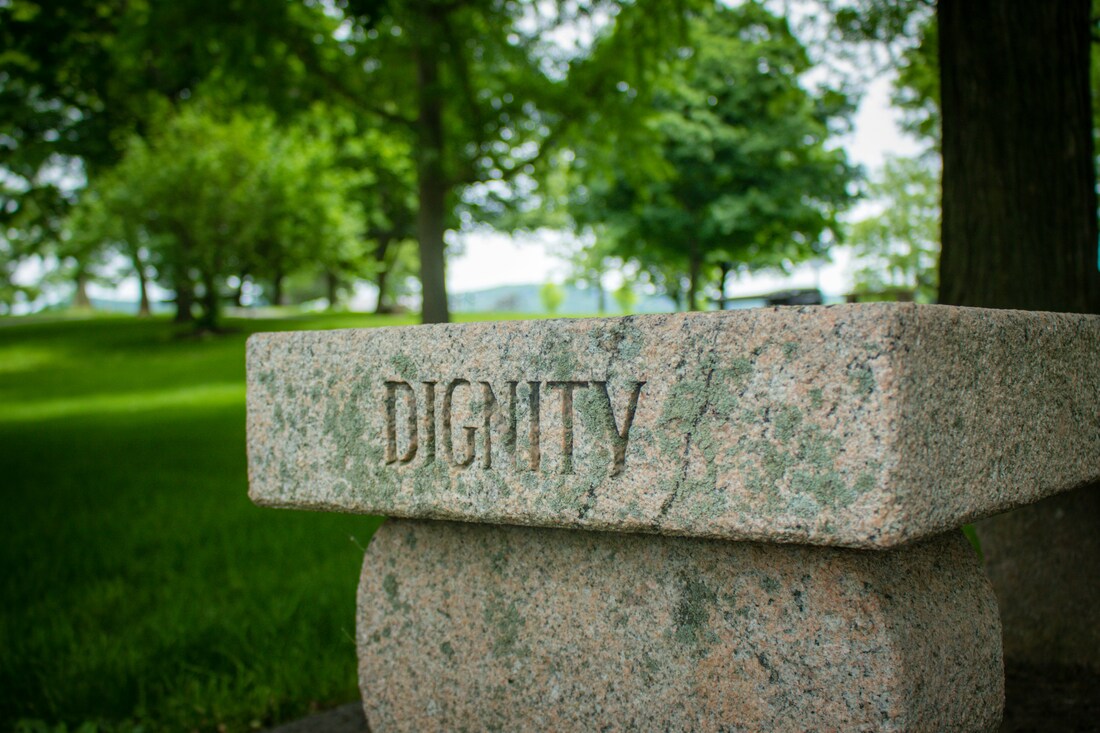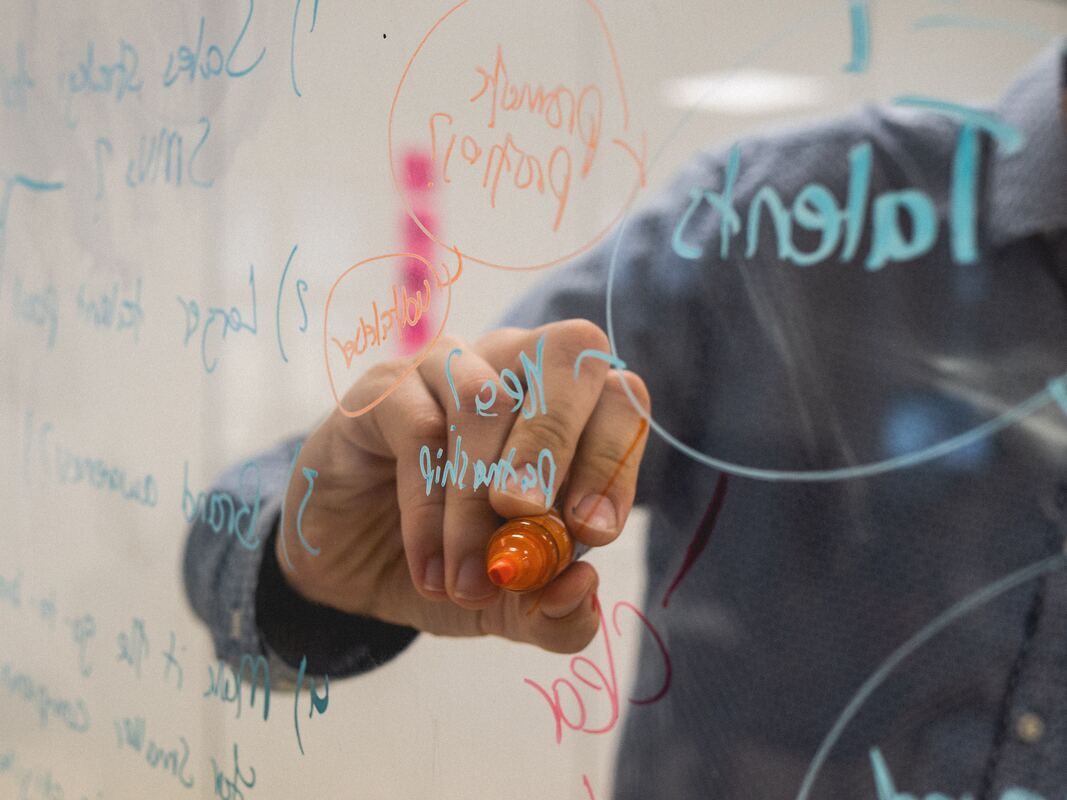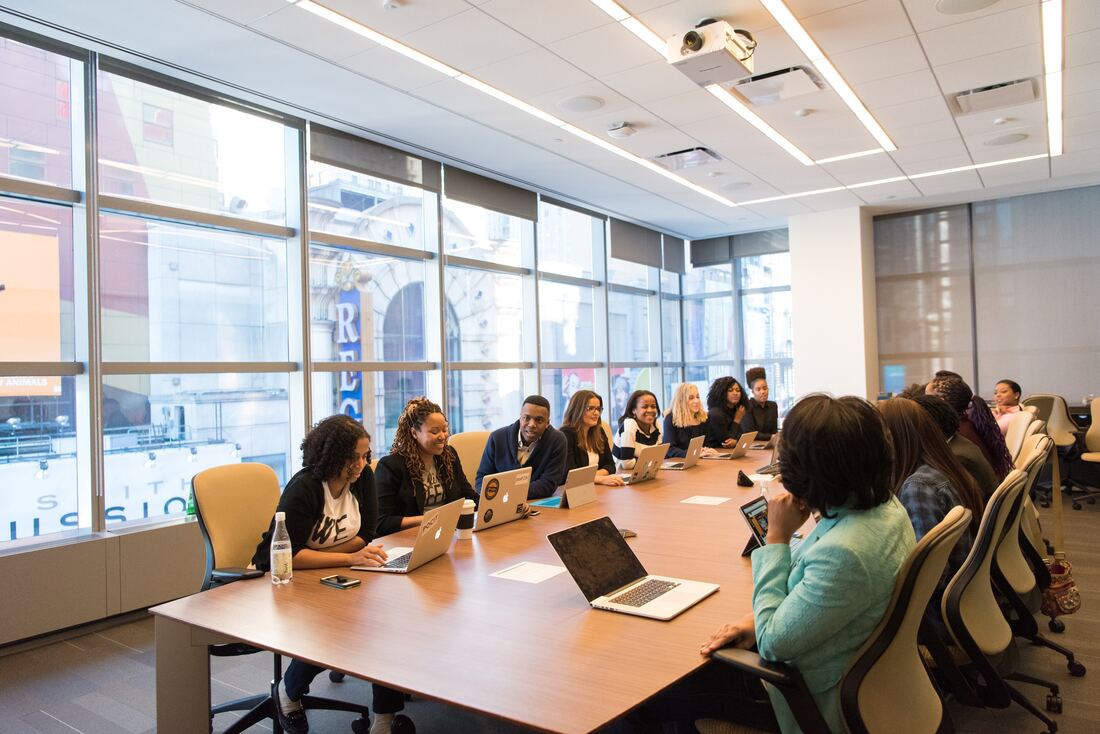|
Last year, I attended a webinar entitled the Future of DE&I: A Conversation Exploring Progressive Practices (here is the recording if anyone is interested); while I often find myself drifting back to my email after listening in for a bit on webinars, this one captured my attention enough that I bought the book, the Five Disciplines of Inclusive Leaders by Andres Tapia, the webinar presenter, and Alina Polonzkaia (2020). While I do not have a lot of time for reading on the side right now, I have reviewed the central models in the book which lay out five core traits of inclusive leaders (authenticity, emotional resilience, self-assurance, inquisitiveness, and flexibility) and five competencies of inclusive leaders (building interpersonal trust, integrating diverse perspectives, optimizing talent, applying an adaptive mindset, and achieving transformation - defined as confronting difficult topics and bringing people along to achieve results).
I am struck by the connections between the book’s focus on inclusive leadership, when compared to adaptive leadership and transformational leadership. Heifetz and Laurie (2001) identify six principles for adaptive work (getting on the balcony, identifying the adaptive challenge, regulating distress, maintaining disciplined attention, giving the work back to people, and protecting voices of leadership from below), as well as five adaptive leader responsibilities in relation to direction, protection, orientation, managing conflict, and shaping norms. One’s level of development impact one’s adaptability in relation to perspective-taking, authority, reflection, flexibility, and complexity - this list bears a striking resemblance to the five core traits of inclusive leaders list. Many potential interventions for leadership development can be utilized with these frames in mind - including coaching and mindfulness training. A new frame for developing awareness again surprised me by its immediate relevance and application. I picked up the book, Leading with Dignity by Donna Hicks, again uncertain whether the book would have new insights, and again, the framework was not only useful but inspiring. Hick’s advocates for organizations and leaders to undertake Dignity work. She suggests seven things we all need to do: demonstrate and encourage lifelong learning and development, set the tone and make it safe to be vulnerable, cultivate trust, activate empathy, head to the balcony, and take responsibility. In a world with so much divisiveness, I see a path forward and cause for hope in these models of leadership taken together. Let’s commit to more inclusivity, adaptability, and dignity in our workplaces and our lives.
0 Comments
Are your meetings characterized by innovation, collaboration, optimism, and experimentation? Would you like to see more of this on your teams and in your work? If so, let me (re)introduce you to Design Thinking! Design thinking is an alternative to conventional problem-solving practices. The process has three main goals – to open up the creative process (inspiration), to develop lots of ideas (ideation), and to build something useful for the world (implementation) - and empathy is at the foundation of each of these goals. Looking to build this into your innovation model as an organization? Read on…
My favorite resource on Design Thinking is the Design Thinking Bootleg from the d.school at Stanford University. This resources takes us through a Design Thinking process, which consists of five phases: Empathize, Define, Ideate, Prototype and Test. As with every good problem-solving method, this process begins by reconsidering the presenting problem. In this method, we define the problem through empathy – what is the clear, compelling human need that we are seeking to address? And how we do this empathetically is by spending time understand the problem by talking with and considering it with others, though inquiry and dialogue. If you want an excellent illustration of Design Thinking in Action, watch this throwback video on the IDEO: Shopping Cart Design Process. Ideation is just what it sounds like, the process of generating ideas, and the goal is to generate as many as possible from as many different perspectives as possible. With this broad view of possibilities in mind, then the process becomes one of narrowing in on a leading idea, and furthermore, making the idea into something tangible that people can interact with and learn from – a prototype. With a manifestation of the idea to engage with, the group (because design thinking is a team sport), then tests their idea and refines it, iterating and improving continuously. One great activity to do with groups to illustrate this process is the Marshmallow Challenge –and Tom Wujec, a titan of innovation and problem solving, helps us make sense of the exercise in his fantastic Ted Talk: Build a Tower, Build a Team. So what does this have to do with meetings? Here’s a quick agenda for a one-hour problem solving meeting: Introduce Design Thinking, then spend 15 minutes on Discovery (Partner Interviews), 15 minutes on Ideation (Small Group Brainstorming), 15 minutes on Prototyping (pick an idea and sketch it out), and 15 minutes on Testing (getting feedback and considering next steps). Looking to innovate even faster? Consider the 15-minute meeting based in the SCRUM method. Design thinking and SCRUM are methods to inspire, ideate and implement great ideas in our workplaces. Wouldn't that be i-deal? Diversity, equity, and inclusion challenges are deeply seeded in our organizational cultures and engrained in the behavioral norms of those around us. Addressing these challenges requires focus, particularly in three practice areas: inclusive management, enabling equitable practices and procedures, and developing and mentoring others. Leaders can start to build on these practices with a lens of expanding access and increasing diversity within their own sphere of control.
Melaku and Winkler (2022) recently wrote a Harvard Business Review article, entitled “Are your organization’s DEI efforts superficial or structural”, championing structural approaches to DEI. In particular, they note the importance of providing access to career opportunities, promoting a culture of allyship, making a public commitment to DEI, and well as committing to measuring the impact of these efforts. As an internal organizational development professional, I know that structural change happens at the intersection of strategic and relational efforts that engage others in a collective purpose, which is tracked and measured. Organizational development consultants are change leaders working to couple ground-up with top-down change, while prioritizing iteration. We do this by coaching leaders around their purpose and presence, facilitating conversations across constituents, and developing long term measurable strategic plans and practices. Recent change literature suggests reframing change implementation with an eye to engaging stakeholders in deeper, more interactive ways to enable longer term success and buy-in. When looking at why change fails, Schwarz, Bouckenooghe, and Vakola (2021) propose that change will be most successful when it impacts surface, intermediate, and deep structures. They suggest that surface structures need to be reframed and made to have meaning to enable change. They note that multiple stakeholders need to be engaged in change (change leaders, change recipients, and community members), through a process generating organizational narratives that are retained and rewritten in the process. Finally, change needs to impact the deep structure of the organization, lasting over time, changing conventions, norms, and shared values, and shifting organizational frameworks and paradigms. For those interested in engaging more on with this topic, I invite you to read A Layered Approach to Practicing Diversity, Equity, and Inclusion in the Workplace, a research summary I co-authored with Jodi Detjen, Managing Partner with Orange Grove Consulting. The article encourages change leaders to ask themselves:
By asking yourself the above what, who, why, when, and how questions, you can assess the extent to which your practices are engaging change at the surface, intermediate and structural levels. Last year, I joined thousands of others across the globe on a MOOC learning journey – if you aren’t familiar with the term, it stands for Massive Open Online Course, and one of the biggest of these platforms is EdX. The particular MOOC on EdX that I joined, entitled Ulab: Leading from the Emerging Future, was led by Professor Otto Scharmer of the Massachusetts Institute of Technology. I was drawn to the concept of Emergent Learning after reading the first chapter of Scharmer’s book entitled Theory U. The book suggests that when we are faced with change, people can: 1) either get stuck and freeze, 2) they can retract and try to go back to the way things were, or 3) they can learn from this emerging future, which involves letting go, and letting come, and being present.
He goes on to re-frame this as the action of presencing. If you are familiar with William Bridges Transitions model, this is the neutral zone – a liminal space of letting go and letting come, of feeling and sensing and being present. Scharmer uses a biblical metaphor to discuss moving through this space; if you're familiar with the bible passage that it is easier for a camel to go through the eye of the needle than for rich man to go through the gates of heaven, you may understand this passage through its metaphorical lens. However, Scharmer notes that the needle was actually a small opening in a gate and that camels had to unpack all of the things they were carrying to go through. In relating this to Theory U, he notes that once you've let go of everything and become fully present, you can go through this eye of the needle and something new will emerge. This is the turn of the U where you'll be able to learn and co-create an emerging future. I did see a lot of connection to mindfulness, in that through a mindfulness practice, we are better able to let go of all the noise in our head and really try to be present. I enjoyed his guided mindfulness practice which is recorded at Walden Pond. If you're familiar with Walden from Henry David Thoreau’s writing, you may be familiar with this passage, “I went into the woods because I wished to live deliberately to front only the essential facts of life and see if I could not learn what it had to teach and not when I came to die I discovered that I had not lived.” I think Thoreau’s experiment is the ultimate kind of letting go and presencing, going to live simply in the woods and leaving all you knew before behind. As a coach, practicing mindfulness and being present is hugely crucial in our field. You cannot successfully coach if you're not fully present with your client. Moreover, being present for ourselves is crucial to our ability to be present for others. A few months back, I went to the dentist for my standard six-month cleaning. I generally don’t have a fear of the dentist, but for those who do, you may want to skip to the end of this article. As I sat in the dentist chair, I was reminded about the cleaning that had taken place one year previous that almost had me calling around for a new dental practice. On that occasion, all was going as usual, but after about an hour of attention to my teeth, I began to wonder why the dental hygienist was still scraping away, sometimes going back to spots I could have sworn she already cleaned. I generally am on top of my oral hygiene, so when this process took three times as long as usual, I knew something was up. When she finally finished (to my great relief) and the dentist came in, I realized that my experience was directly related to the relationship she had with her superior. I could tell from their interaction that she was so worried about making a mistake or missing a spot that it was impacting her ability to do her job as well as my experience as the customer.
What I realized that day in the dental chair was that I was witnessing firsthand what it feels like to work in an environment that is not psychologically safe. For those not familiar with the concept of psychological safety, the term was coined by Amy Edmonson, who defines it as “a belief that one will not be punished for speaking up with ideas, questions, concerns, or mistakes”. It is not uncommon to find this lacking in high pressure professions such as the medical field, where Edmonson first took on this research. I highly suggest her Ted Talk where she further explores this concept: https://www.youtube.com/watch?v=LhoLuui9gX8. As Edmonson’s research evolved, the application of the concept spread to be useful across numerous industries and types of teams. In fact, in 2016, Google did their own research on their most effective teams and found that psychological safety was the most important predictor of team success (https://www.nytimes.com/2016/02/28/magazine/what-google-learned-from-its-quest-to-build-the-perfect-team.html). Teams that are interested not only in assessing their psychological safety but improving it might consider taking the Fearless Organization Scan Assessment. The scan breaks down responses into four dimensions: Inclusion and diversity, attitude to risk and failure, willingness to help, and open conversation. A certified practitioner can assist a team in interpreting their results and setting up shared intentions and actions to move the team towards the learning zone (the place where psychological safety meets performance – read more here: https://amycedmondson.com/psychological-safety-%E2%89%A0-anything-goes/). Does that like something your team might benefit from? Maybe give it some thought next time you find yourself in the dental chair? |





 RSS Feed
RSS Feed
